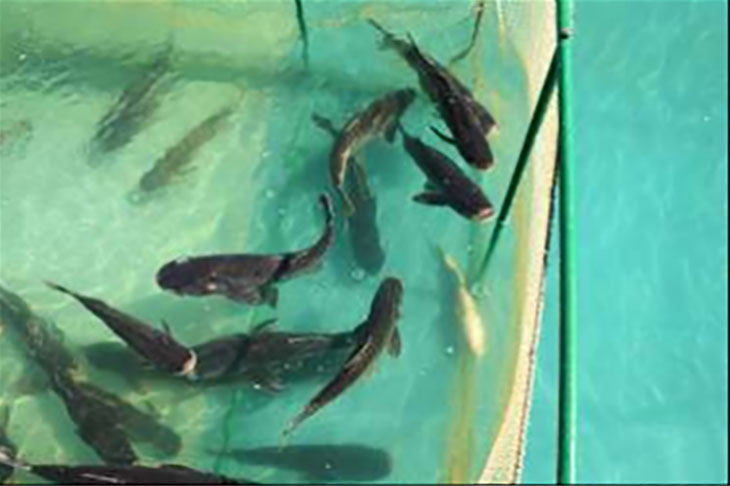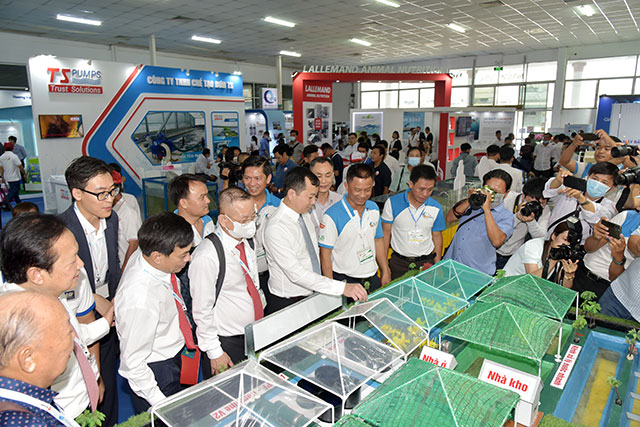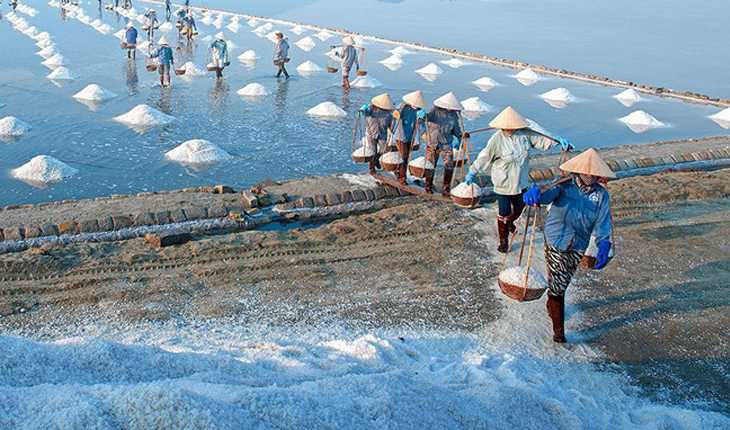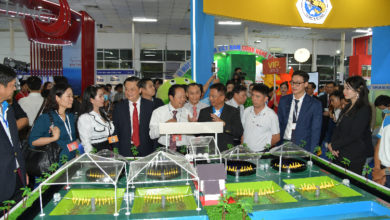Recover the red list seaweed in Lý Sơn island
In 2007, seaweed in Lý Sơn island was listed as an endangered species, which possibly would be extinct in the near future.
Overexploited
According to Đỗ Anh Duy – an officer at the Institute Research for Marine Fisheries and Leader of the Research project of rehabilitating seaweed (Gracilaria eucheumoides) in Lý Sơn island of Quảng Ngãi province, there used to be beautiful coral and seaweed there but they were overexploited by explosives and cyanide, resulting in a slump in numbers. Just since the establishment of the Lý Sơn Marine Protected Area in 2017, local people have been educated on the value of the ecosystem and marine species.
There are some projects on recovering corals in the Lý Sơn island, and the newest one is rehabilitating seaweed which was scientifically proved to contain agar used for food production, used as a material for agar processing, biochrome, protein, funoran furcellarin, galactan, bait fish, fertilizer (for palms and coffee trees), pesticides, and drug production.
A survey conducted on some agents showed that dried seaweed was sold at 250,000-300,000 dong/kg, resulting in an over exploitation. Thus, seaweed was listed in Vietnam’s Red Data Book as an endangered species in the very near future. Luckily, seaweed is still available in Lý Sơn island which has favorable weather conditions for the growth of seaweed. Despite lower output, tens of tons of seaweed are exploited every year, mainly small size seaweed.
Determine to be taken out of the Red List
“There has not been any project studying the recovery and development of seaweed in Vietnam as well as in the world. Such a project is really necessary to recover and develop the value of this species”, analyzed Đỗ Anh Duy.
In his experimental thesis, he together with his partners set a target of recovering seaweed by planting them firmly on the 200m2 natural platform in two localities in two years. As a result, the output was more than 500 g/m2 with a survival rate of over 60%. In 2023, they used diving equipment and planted over 100m2 of seaweed. Scientists will dive and evaluate the growth of seaweed in the next few months.
Scientists selected a dead coral reef as the platform as it is highly rough and suits the allocation of seaweed. Sections with low waves, adequate flow and smooth currents will be perfect choices for the recovery of seaweed. Besides, the depth of water should be 3-4m to make sure some fishes that eat seaweed won’t be able to approach. Floats are used to mark the area and supervision is tightened to prevent local fishermen from exploiting or damaging. They work with the Management Board of the Lý Sơn Marine Protected Area to map out protection methods.
Hopefully, after being recovered, seaweed will be taken out of Vietnam’s Red Data Book; accordingly the seaweed output will rise and socioeconomics in difficult coastal areas and islands will be developed.
VFM






